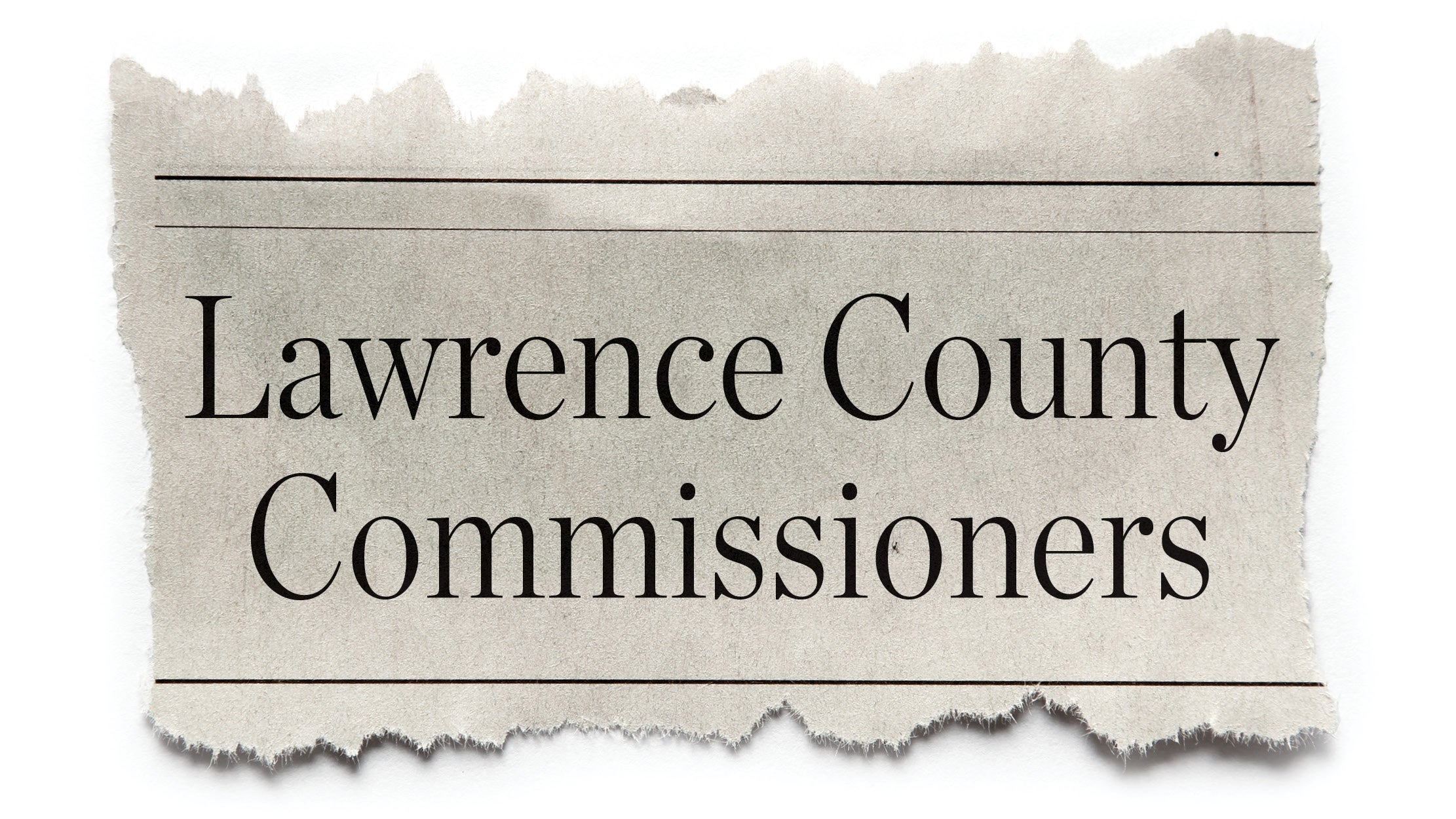Study shows crash-prone intersections in county
Published 12:01 am Sunday, May 6, 2012
Maybe you’ve been here. It’s 5:30 on a Friday night and you’re driving east toward Huntington on U.S. 52. Cars are in front of you, in back of you and don’t even look over at the westbound lane if traffic jams make you nervous.
The stoplight at the Charlie Creek intersection has just turned red. You’re stopping. The cars up ahead of you are stopping. But the guy behind you didn’t get the same memo. So then you hear it, the heart-splitting squeal of car fender mashing into car fender.
So now you know what you’ll be doing all weekend. Tracking down your insurance agent and wondering who taught that guy how to drive.
Welcome to the world of statistics. Because you’ve just become one. A rear-ended crash at the intersection with the highest number of crashes in Lawrence County.
From 2009 to 2011 there were 42 other drivers in just that position.
“That is the most accident-prone location in the county,” County Engineer Doug Cade said.
During that three-year period there were 57 crashes at the Charlie Creek-U.S. 52 intersection with 42 of those rear-ended accidents. Eighteen involved youth from the ages of 12 to 20 years old either as driver, passenger or pedestrian and 12 involved drivers over the age of 65.
That data comes from a study conducted by Traffic Safety Analysis Systems and Services, Inc., a consulting firm from Grove City, commissioned by the Lawrence County Engineer’s Office to study all county roads and state routes in the county to determine the number and kind of accidents.
“The most number of accidents are occurring on the most heavily traveled roadways,” Cade said. “Only two were related to speed. That was one thing I found extremely interesting. Speed was not the prevalent factor in the top five intersections.”
That the Charlie Creek intersection won such a dubious distinction doesn’t surprise Lt. Michael Gore, of the Ohio State Highway Patrol Ironton Post.
“Most of the crashes there are because of the congestion,” Gore said. “Right there the light will change to red and people won’t pay attention. Four or five cars back they don’t recognize the light is ready to change and traffic will be stopped.”
Then comes the pileup.
“The same thing happens at Sandusky Road at peak traffic time because of the congestion,” Gore said.
In fact, the section of U.S. 52 from Mile Point 19 at Mont Miller just past Solida Road to Mile Point 22 at the end of the ramp to the Nick Rahall Bridge into Huntington, W.Va., is the site of a large number of accidents during rush hour.
“We spend a lot of time there,” Gore said.
The next top four sites for the most accidents are:
• U.S. 52 at County Road 410 or Walmart Way: 45 accidents; 12 with youth; 11 seniors; and 16 rear-end crashes.
• U.S. 52 at County Road 276 or Sandusky Road: 43 crashes; 15 with youth; 12 seniors; and 29 rear-end crashes.
• U.S. 52 at County Road 120 at Lowe’s: 39 accidents; 10 with youth; six with seniors; and 25 rear-end crashes.
• U.S. 52 at Old U.S. 52: 20 accidents; five with youth; five with seniors; four involving speed; and 13 were angle crashes.
Interestingly, the majority of the accidents in the county did not involve an intoxicated driver. Of the 3,606 total crashes for the three-year period there were 84 alcohol-related accidents in 2009; 86 in 2010; and 81 in 2011.
Also, out of the total crashes for that period there were only 18 fatalities: seven in 2009; three in 2010; and eight in 2011.
“I don’t know the answer why except seeing most of these crashes do not involve speed,” Cade said. “And most of these crashes were during the day. They were no night-time crashes.”
While the greatest percentage of accidents happened on U.S. 52, county roads were not exempt. Again the top site for crashes on county roads is at Charlie Creek, this time across U.S. 52 near the Big Sandy Superstore. There were 10 crashes with three of those rear-ended accident; three angle crashes and two left-hand turns.
The next top ones were:
• Central Avenue at Winfield Drive in South Point with nine accidents and County Road 120 at the Intersection of County Road 1 at the Burlington Jail.
The consultants who conducted the study work with county engineers through their state association with the goal of getting funding to correct dangerous intersections if possible.
“There are a lot of grants they can apply for,” Maria Ritchey of TSASS said.
Last year the consultants were able to secure $11 million in grants to county engineers to improve intersections and roadways.
But Cade’s first line of attack is to go for what can be changed immediately.
“With regard to the intersections, we will look at what we can do immediately to help relieve some of those accidents,” Cade said. “Is there some type of obstruction that obscures the views or is it just poor driving habits? Texting or not paying attention? Is it an atmospheric issue such as sunlight? We are going to look at the time of day that those crashes occurred. Were they late in the afternoon where the sun was going down and obscured the view?”
Currently TSASS is working with 23 other Ohio counties analyzing their crash data with the same goal in mind: fixing the problem.
In Stark County, with data from a TSASS study, the county received $800,000 in Highway Safety Improvement Program funds for design and construction of improvements on a high-crash intersection.
With comparable data Huron County received funds from the High Risk Rural Program through the Ohio Department of Transportation to improve a high-crash segment of a county road.
“One of the goals we wanted to get out of this whole study and analysis was to identify where our high-crash locations were,” Cade said. “A lot of time there is a public perception that an intersection is worse than it really is. Once you see the hard, fast numbers you see where drivers are having difficulty with the physical intersections and see if it is something we can actually fix. If we can do signage at an intersection better or do lane striping to help the driver’s ability to navigate an intersection safely.”





